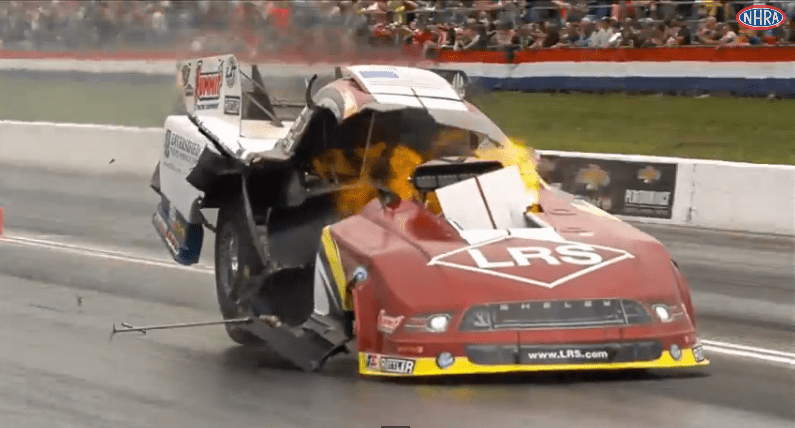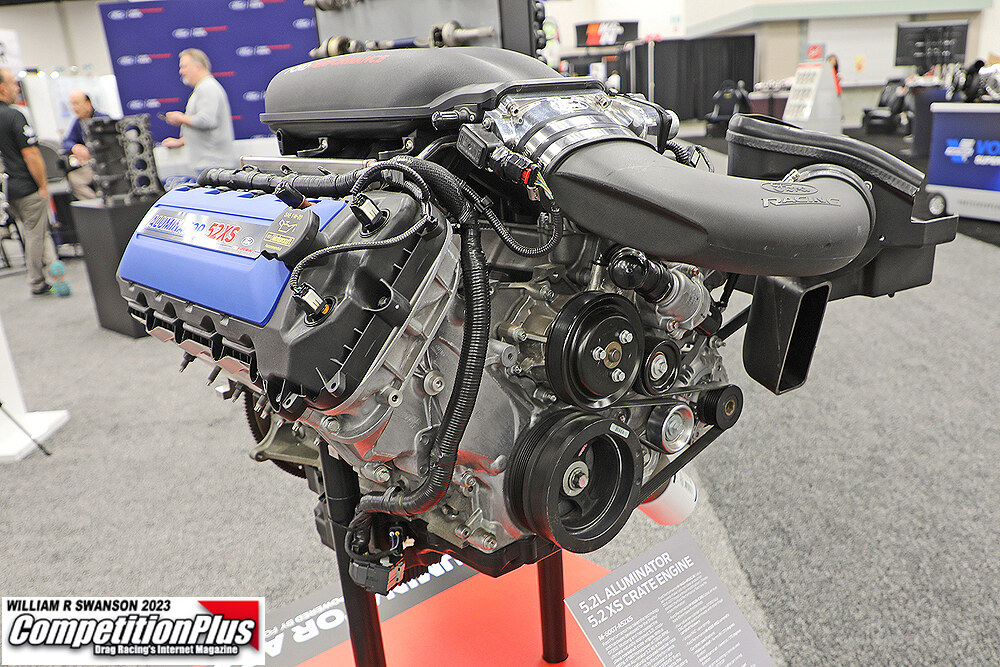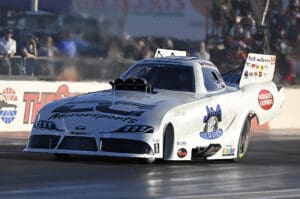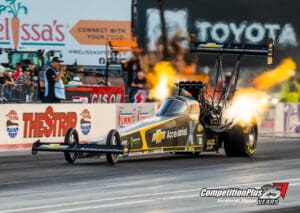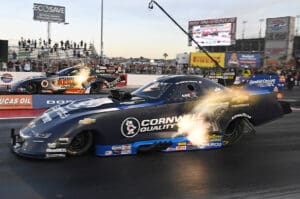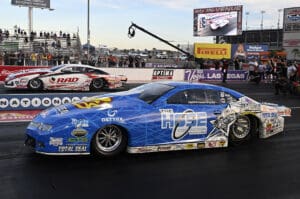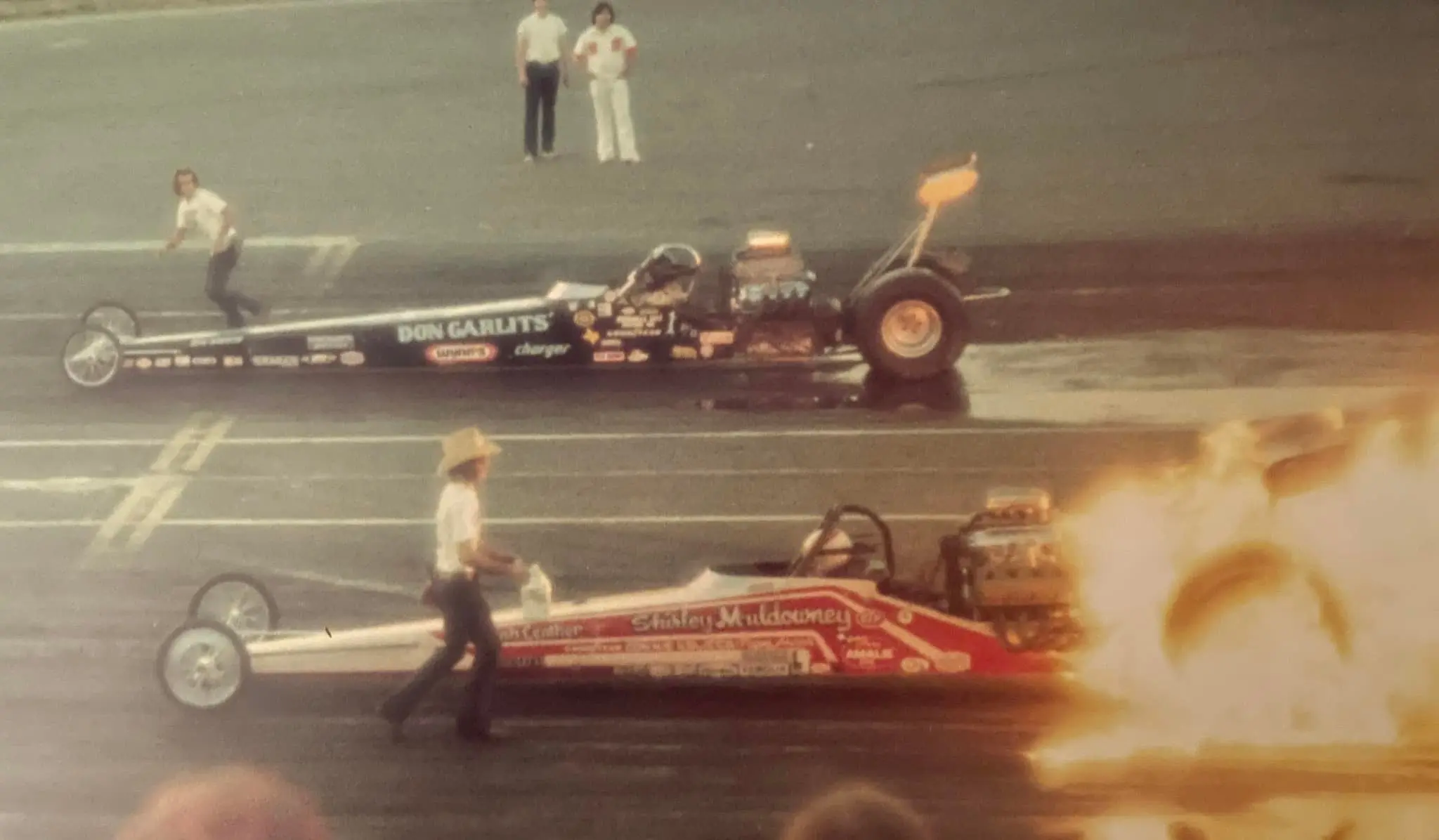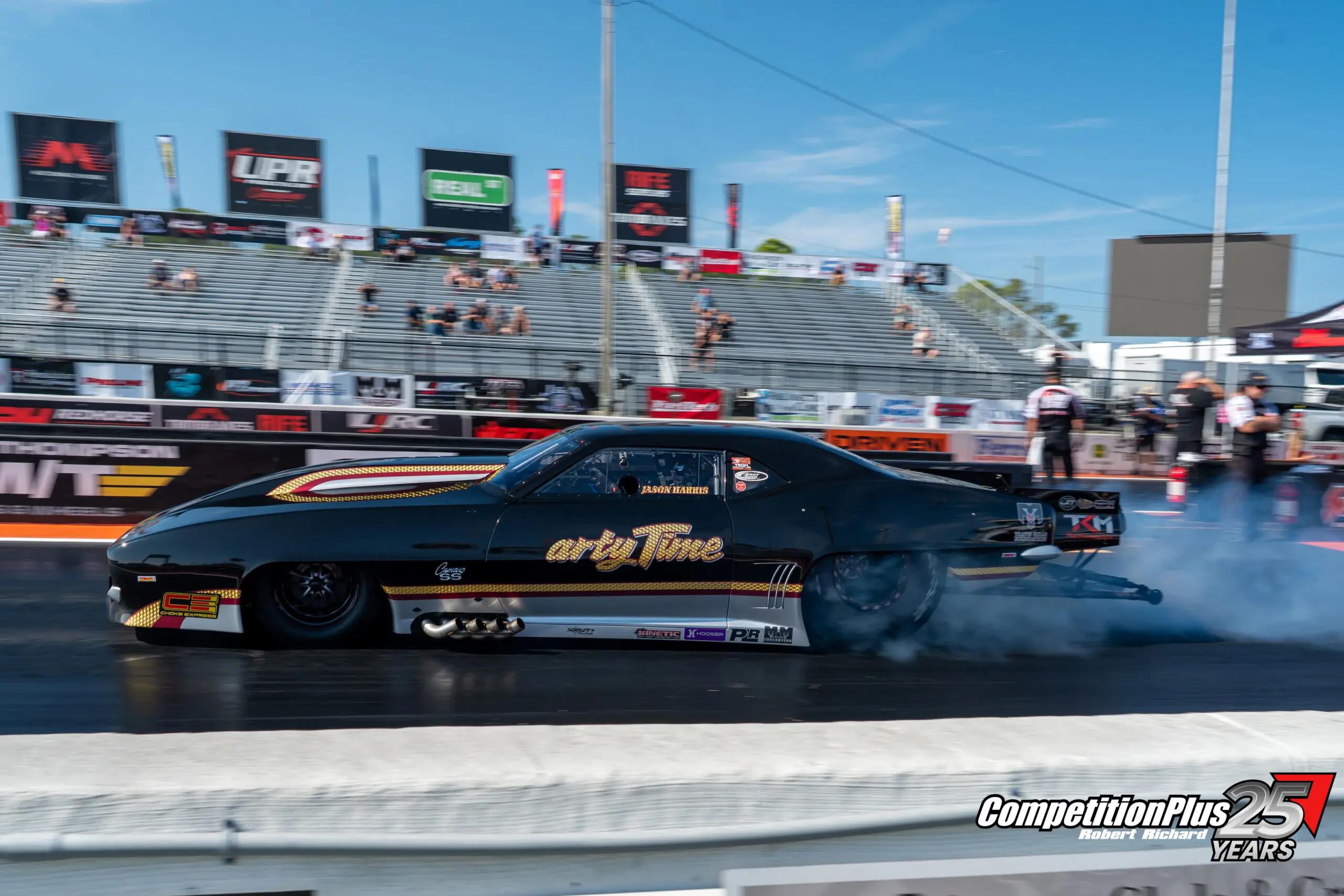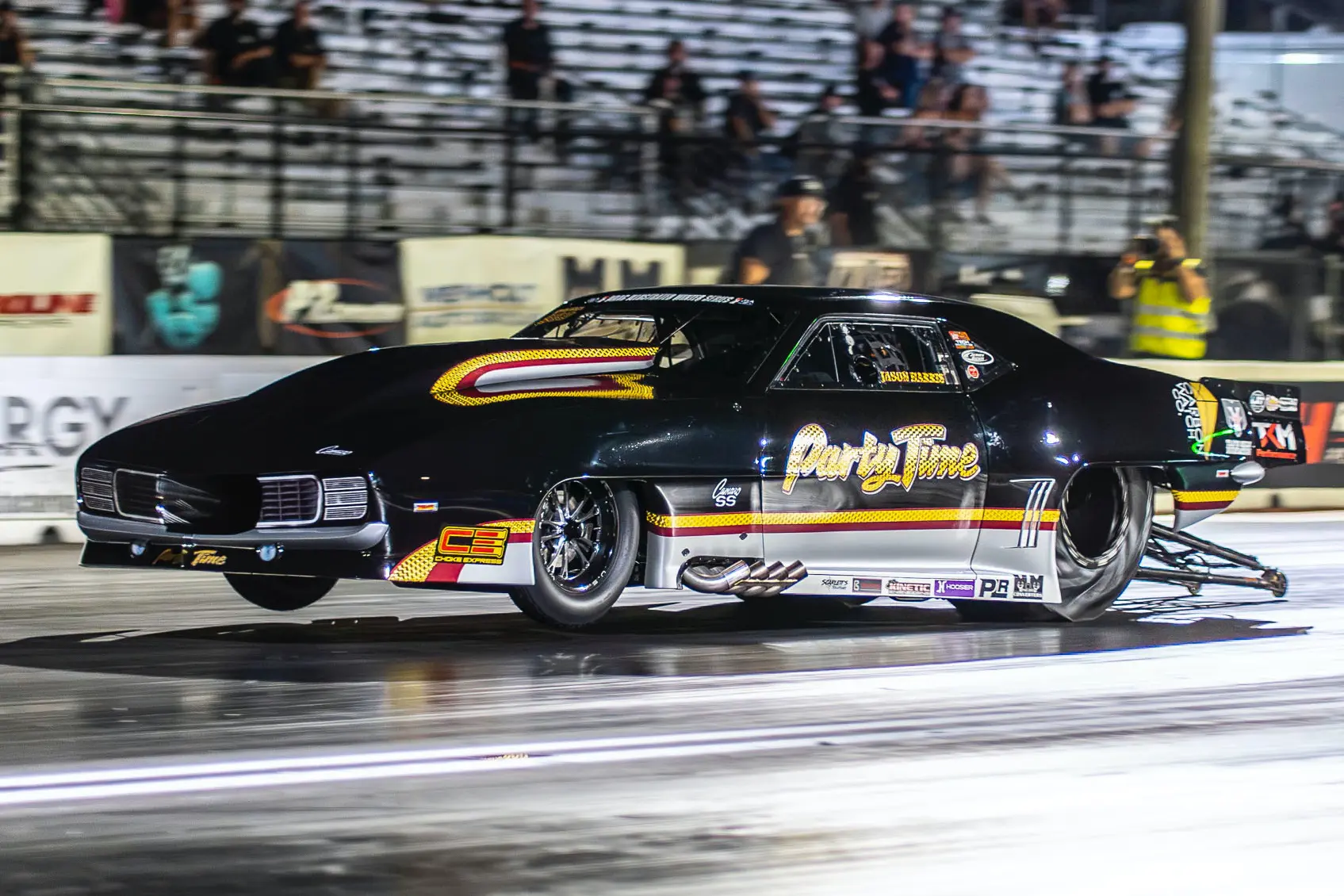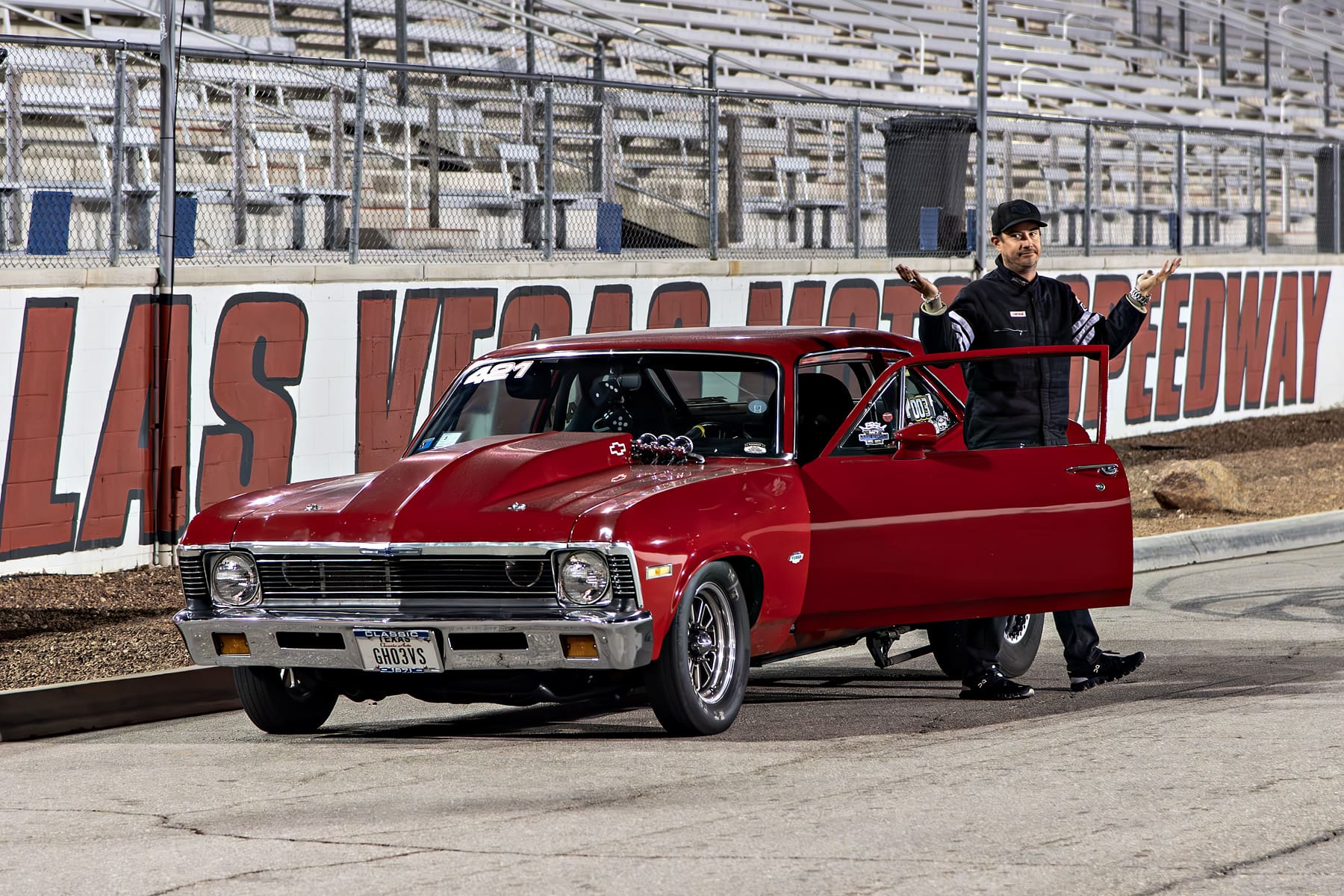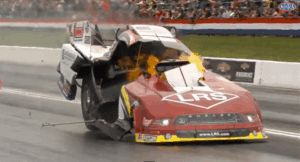Tim Wilkerson has been around long enough to know when an old idea still has value. If it were up to him, the Funny Car veteran would go back to the safety approach he used in 2013, a system that was explosion-tested and, in his view, worked just fine.
Wilkerson said his experience more than a decade ago offered a potential fix for the current tethering debate. That issue has left Funny Car drivers temporarily blinded by flying bodywork at high speeds and, in at least one case, injured.
“Back when we first got tethers on and off, we actually came to a point where it was still blowing the cars in half when we held onto the front without tethers on it, when they let us take the tethers off,” Wilkerson said.
Working with respected chassis builder Murf McKinney, Wilkerson developed a venting system to control where the energy went during an engine failure. “We had a stove pipe going through this and it would just blow… When it blew up, it would blow the air through the stove pipe,” Wilkerson said. “But it had a V dash in it and Murf said, ‘Well, why don’t we just make a V dash, and then we’ll try to figure out if that helps it or not.’ And I said, ‘Well, if we’re going to do that, why don’t we give the explosion somewhere to go, just like the stove pipe?’”
The solution was simple but effective. By raising the tinwork halfway up the side window, they created a vent that allowed pressure to escape through the body. The car, Wilkerson recalled, remained among the fastest on the property. “The car was extremely fast like that, and a couple of races in a row I had top speed of the race,” he said.
Not everyone saw it that way. According to Wilkerson, one prominent team owner complained to NHRA that his performance came only from the modifications. “So NHRA made me close the windows up so the air couldn’t get through there anymore,” Wilkerson said. “So we did that, and I was still the fastest car.”
Officials eventually ordered more changes, forcing Wilkerson to close the V dash entirely. He responded with another modification. “They come back and they said, ‘Well now you got to close up the V dash.’ So I took and put a hinged deal in the V dash, so if it blew up, it would actually just blow the V out of the way. And we ran it like that.”

It wasn’t long before the concept was tested in competition.
“Finally I got to test it. It had a valve fall out of the head, and it coughed really bad, just like a normal explosion was,” Wilkerson said. “Blew the left side window out of the car, blew the right side window out of the car, and about a three foot by two foot piece of the body out. Body never fell off the car.”
For Wilkerson, the lesson remains the same a decade later. “So you just got to get rid of the bomb,” he said.
That principle—finding a way to manage the explosive energy inside 11,000-horsepower Funny Cars—is at the core of today’s discussions. Tether systems, designed to keep body panels from flying into crowds or onto the racing surface, have in some cases created new problems for drivers who suddenly find themselves blinded when carbon fiber shrouds refuse to release.
The issue has prompted a larger conversation among crew chiefs about whether current designs protect fans at the expense of drivers’ safety. That debate has drawn in Hall of Famer Jim Head, who Wilkerson said is helping lead the effort to find a more effective solution.
“Jim Head and I have been talking about it,” Wilkerson said. “Just got to get rid of the bomb.”





